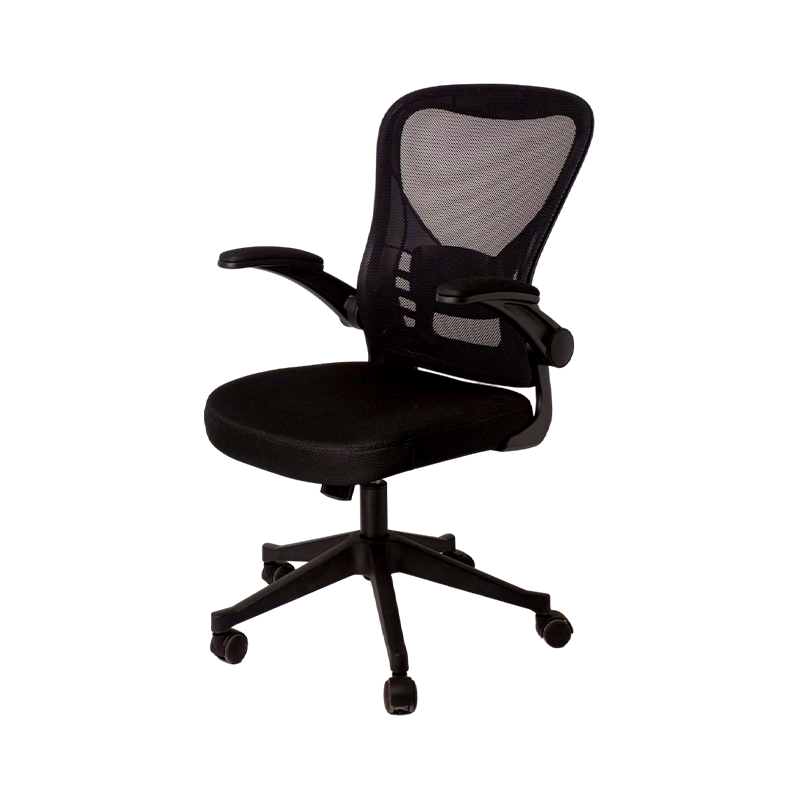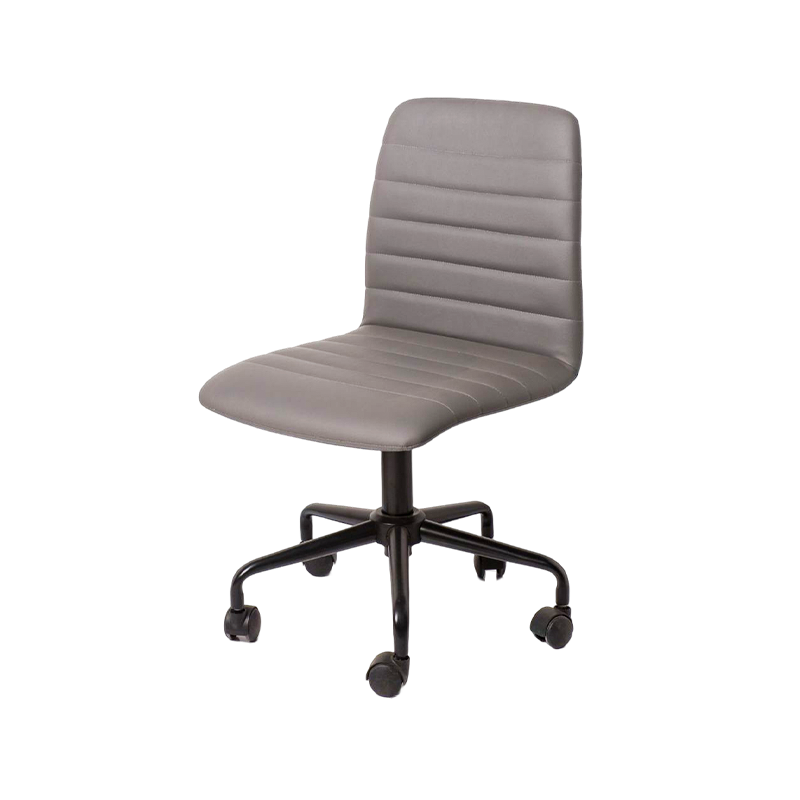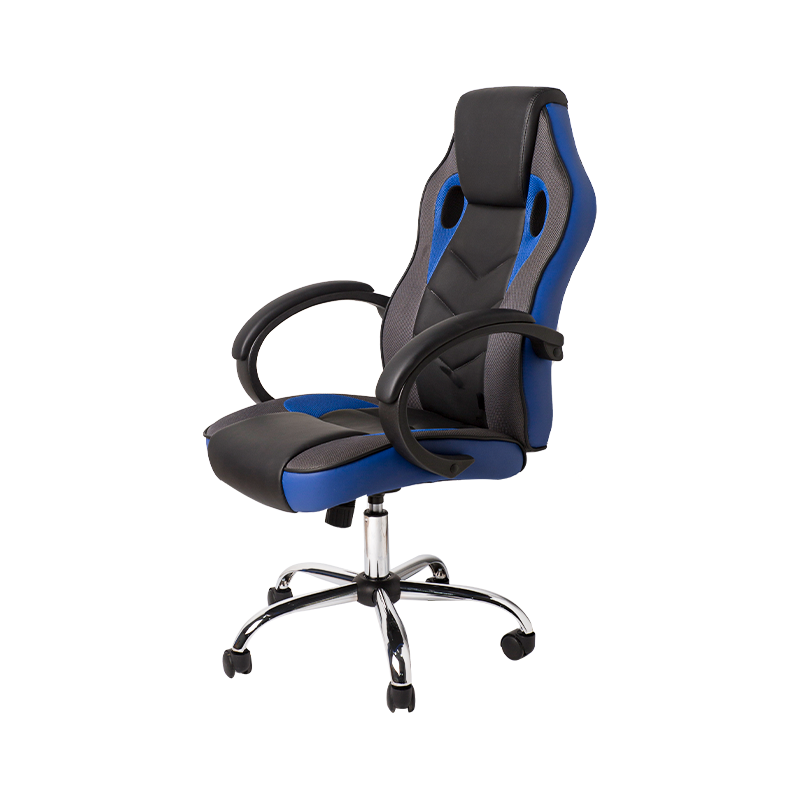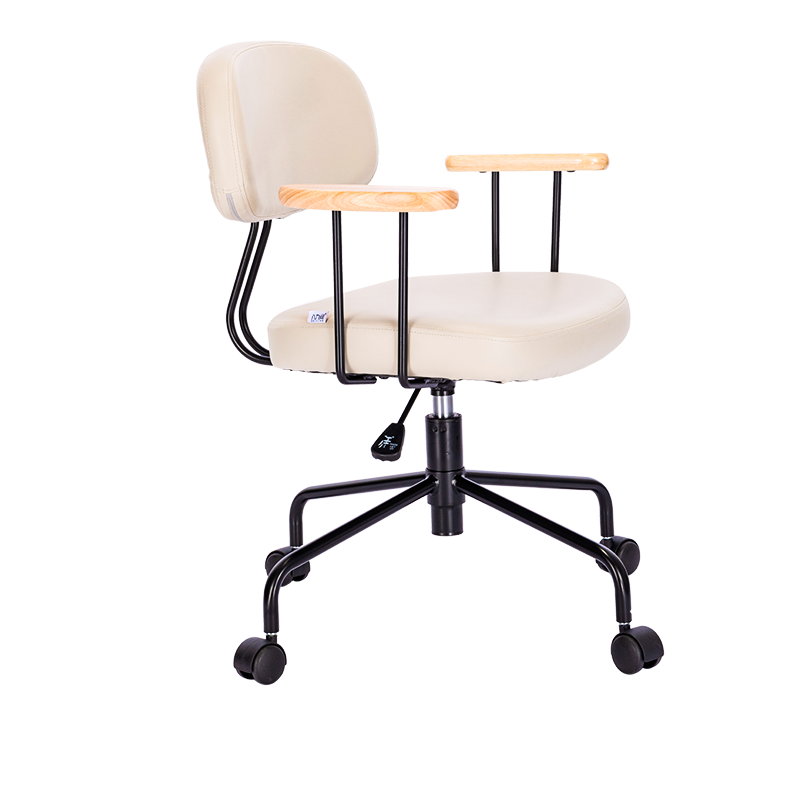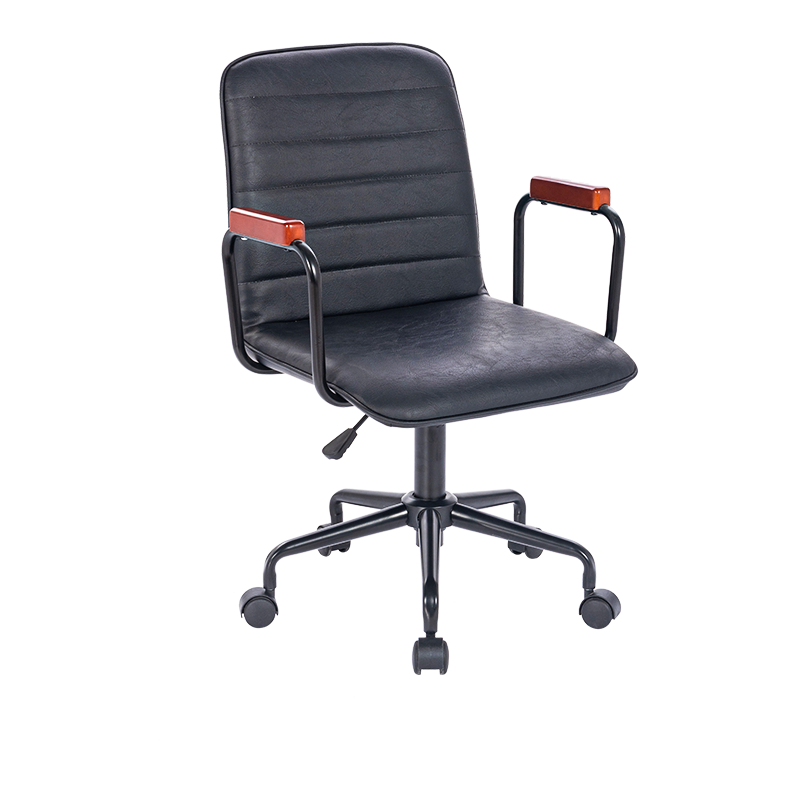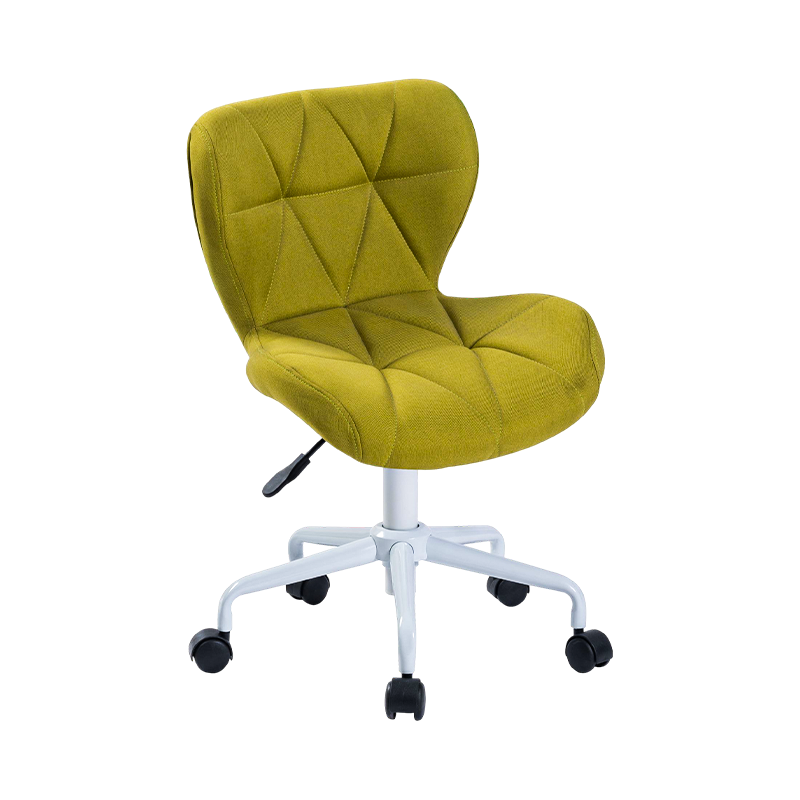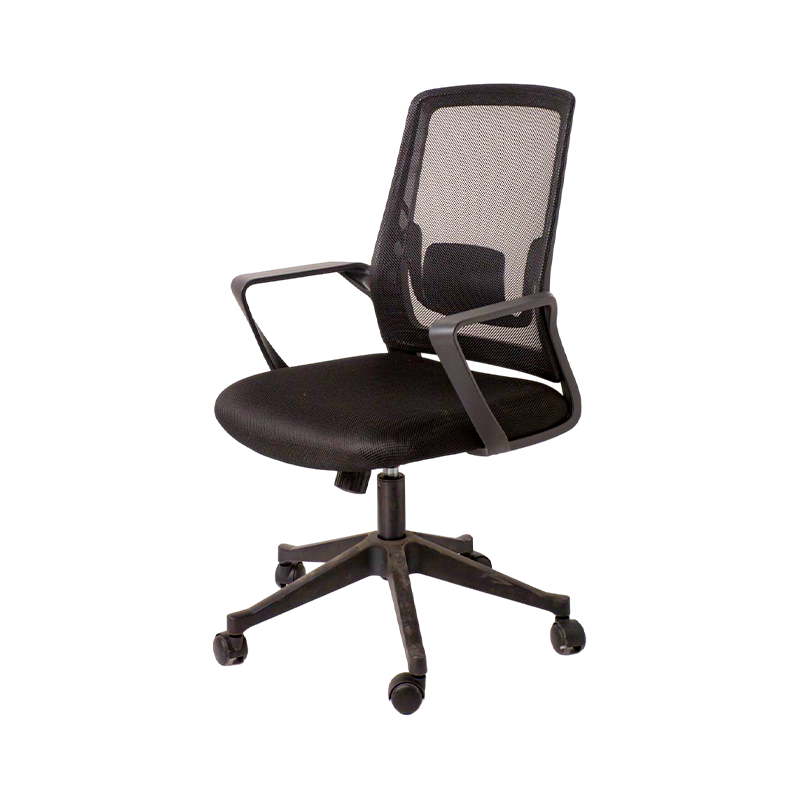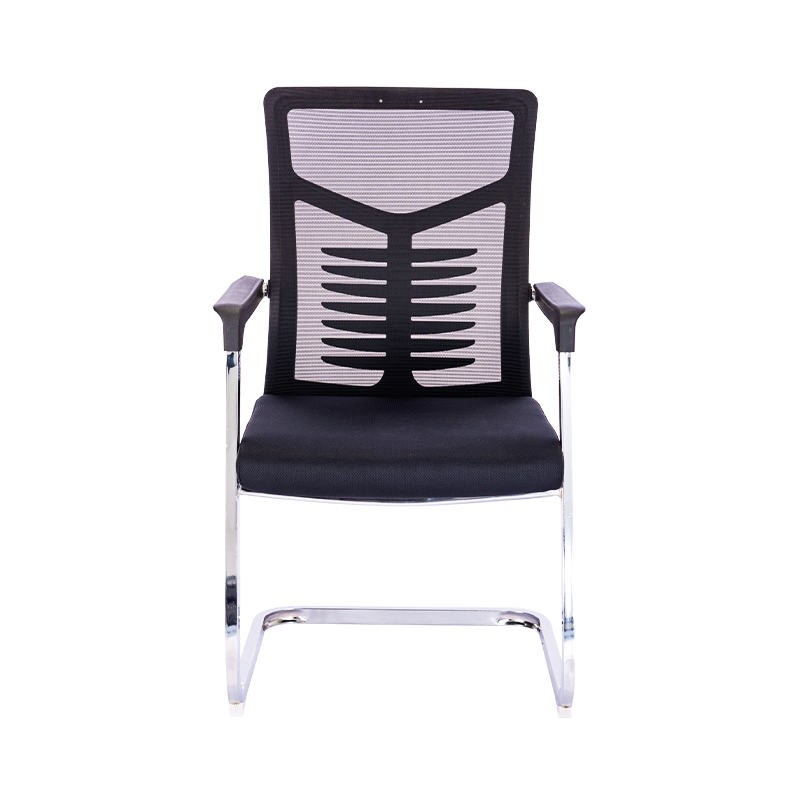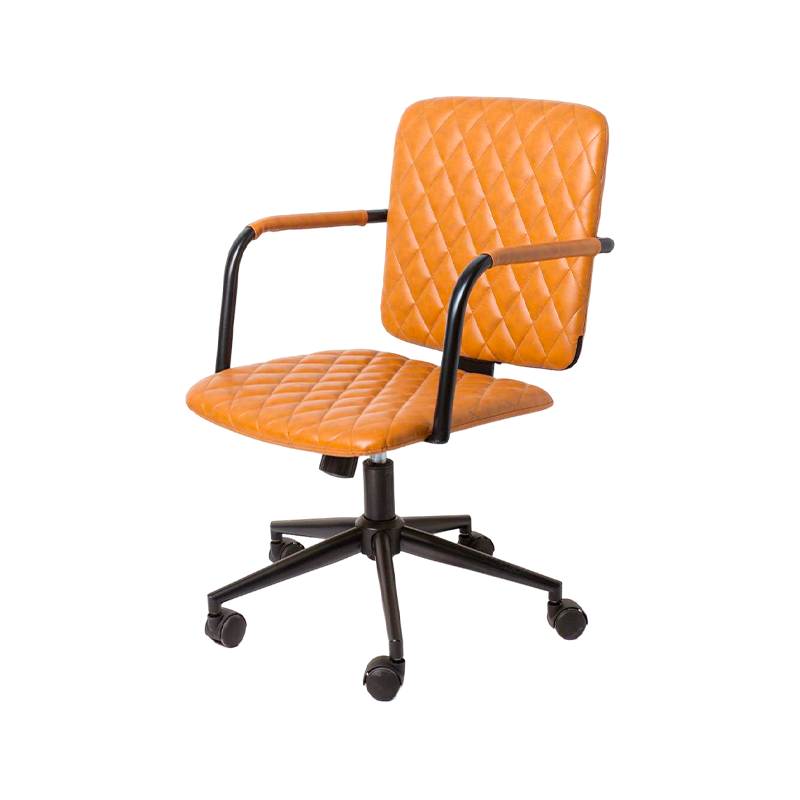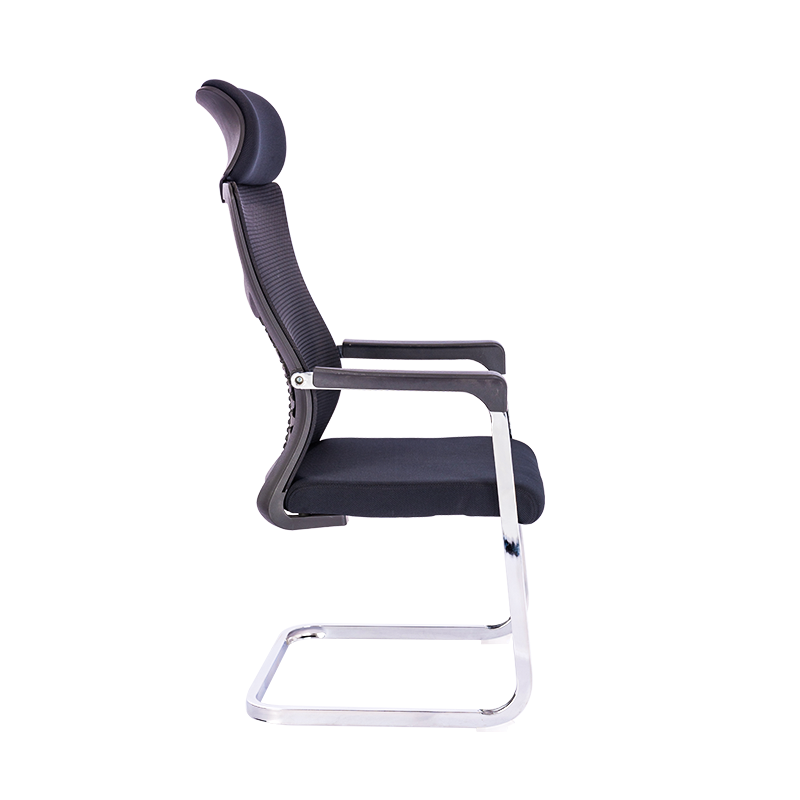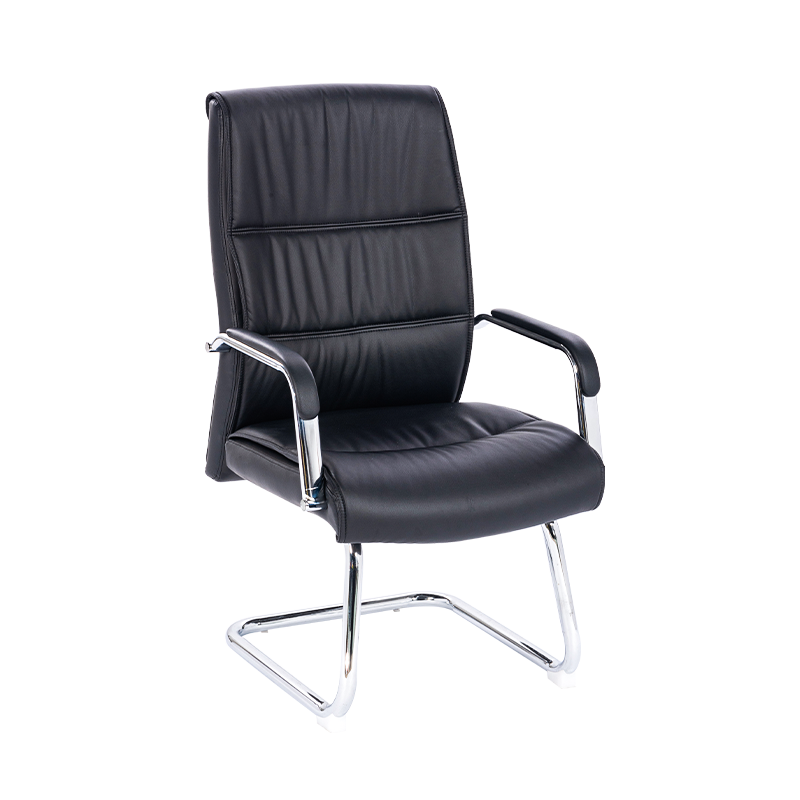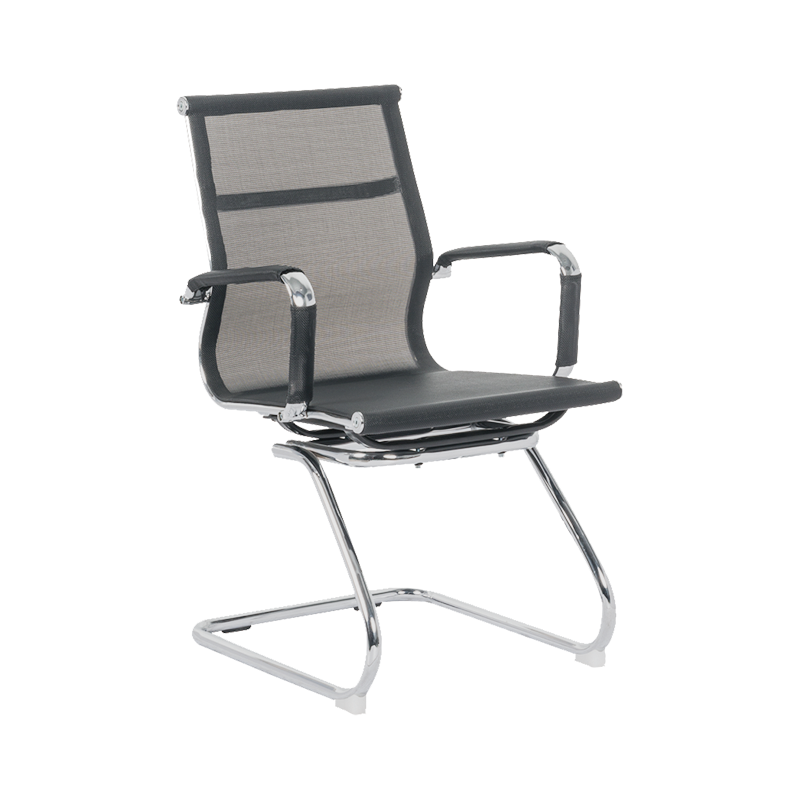When designing and building a Folding Chair, balancing portability and structural strength is key. Here are some tips to ensure the chair is both lightweight and less susceptible to damage when folded:
material selection:
Use lightweight and high-strength materials such as aluminum alloy, titanium alloy or carbon fiber composite materials. These materials significantly reduce the weight of the chair while maintaining structural strength.
For parts that need to withstand heavy pressure, such as seat supports and connectors, steel or other high-strength metal materials can be used for reinforcement.
Structural design:
A combination of triangular structure and quadrilateral structure is used to increase the stability and load-bearing capacity of the chair. The triangular structure provides excellent stability, while the quadrilateral structure provides a larger support area.
When designing the folding mechanism, ensure a smooth folding and unfolding process while reducing unnecessary parts and weight. For example, integrally designed connectors and hinges can be used to reduce the number of parts and weight.
Add stiffeners or support rods at key locations to increase the overall structural strength of the chair.
Connectors and folding mechanisms:
Choose high-quality, high-strength connections such as galvanized rivets and virgin plastic parts. These connections should have sufficient tensile strength and load-bearing capacity to ensure that the chair remains stable during folding and unfolding.
Reasonably designed folding mechanism to ensure the chair fits snugly after folding, reducing bulk and weight. At the same time, the folding mechanism should be easy to operate, allowing users to quickly unfold and fold the chair.
Details:
Use comfortable and durable materials such as oxford cloth or canvas for the seat and backrest sections. These materials not only have sufficient load-bearing capacity, but also provide a comfortable seating feel.
Add non-slip mats or foot pads to the bottom of the chair to increase the stability and safety of the chair.
Treat your chair to prevent rust and corrosion to extend its life and improve its durability.
Testing and optimization:
Strict quality control and testing are conducted during the manufacturing process to ensure that the structural strength, stability and portability of the chair meet design requirements.
Based on user feedback and market demand, the chair is continuously optimized and improved to improve its performance and user experience.
Through the above measures, portability and structural strength can be balanced when designing and manufacturing the Folding Chair, ensuring that the chair is both lightweight and not easily damaged after folding. At the same time, paying attention to innovations in detail processing, material selection and structural design can further enhance the performance and user experience of the chair.
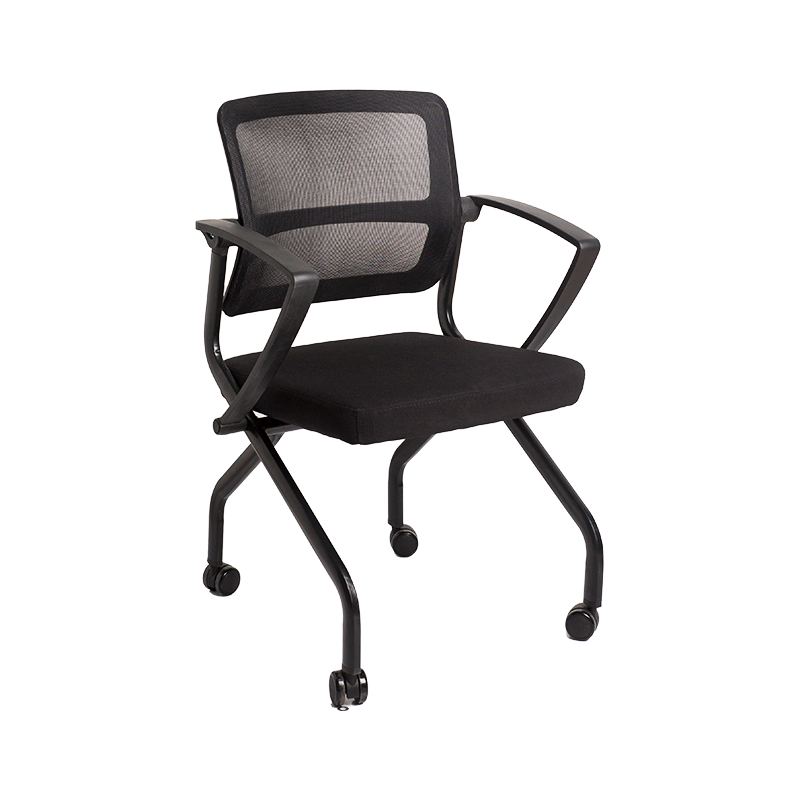



 Español
Español